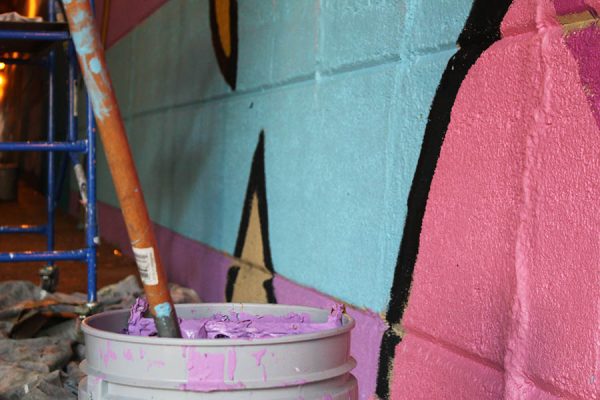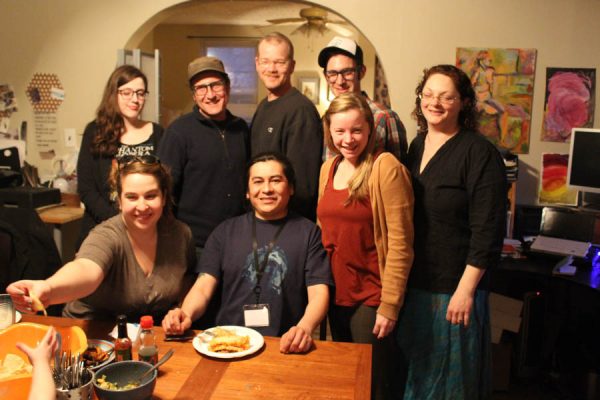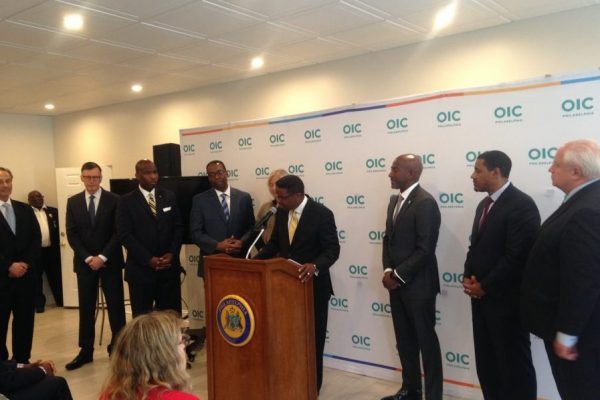Philly Coalition for REAL Justice Marched to “Shut Down” Local Police Districts
REPORTER’S NOTE: A complete video of this protest can be found on our Facebook page. The language used by the protesters was often fiery. There was anger and there were nonviolent confrontations. You’ll see those in the first 20 minutes of my video and in the coverage provided by every other news outlet in the city. If you stick around (or skip ahead) you’ll see more nuance. You’ll see speakers articulate their fear of death at the hands of police. You’ll see speakers share what America is like when you are marginalized. I stand by my video, but it is not perfect.
What I failed to show was the love: The love and pride between protesters and the swell of warmth and strength that came from a community forming one voice and speaking its mind and its messy truth.
I was unable to stream the protesters dancing to Kendrick Lamar’s “Alright” in the streets of North Philadelphia and singing, “we gon’ be alright.”
If all you want to see is the anger, you can, but you’re deliberately throwing out pieces of the puzzle and claiming you see the whole picture.
Philly Coalition for Racial, Economic and Legal (REAL) Justice marched against police brutality in poor communities of color on Saturday, July 9. The protest started at Cambria and Mascher Streets, where the coalition said one of its members was arrested for videotaping the police a few days before. The protest marched to the 24th and 25th Police Districts’ headquarters on 3901 Whitaker Avenue and confronted the police.
The march zig-zagged through North Philadelphia, changing direction when the protest organizers felt that the police were beginning to guide the direction of the march.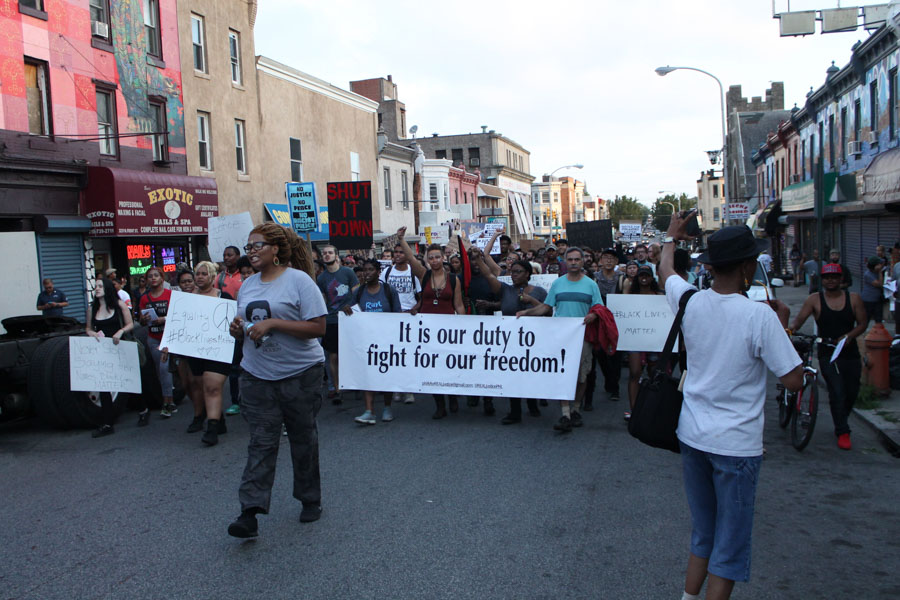
“There’s no tomorrow. Your children will be slaughtered in these streets if you don’t do the work right now,” said Niecee Cornute, an activist from Dallas and the founder of the Black Women’s Defense League.
“Dallas stands with Philly, that’s for damn sure,” she said at the corner of Clearfield and Front Streets. When she talked about communities standing together, the frustration in her voice warmed and she sounded proud yet welcoming.
Throughout the protest, Cornute reminded the crowd that she was not a protester: She was here for revolution.
“Most of these cops in the community who police us don’t even fucking live here,” a protester said to the crowd. Standing at the corner of Front Street and Allegheny Avenue, she said it feels like an occupation of their communities.
The protest was spirited and the language was often revolutionary (to those who believe in the group’s cause) or inflammatory (to those less committed or outright hostile to the pro-black movement). Despite the language used, the protesters did not directly incite imminent violence so their speech is still protected.
“No justice, no peace, no racist police,” the protesters chanted as they marched from Kensington, through Fairhill and onto the 24th/25th Police District headquarters.
The exasperation and pain expressed by the protesters grew from a simmer to a fierce boil, though they never blew their tops.
“We’re tired of the police stopping and frisking us. We’re tired of being treated like third class citizens when we built this country,” Erica Mines said.
In fact, protest organizers encouraged protesters to stay within arm’s length of each other and walk away from the police.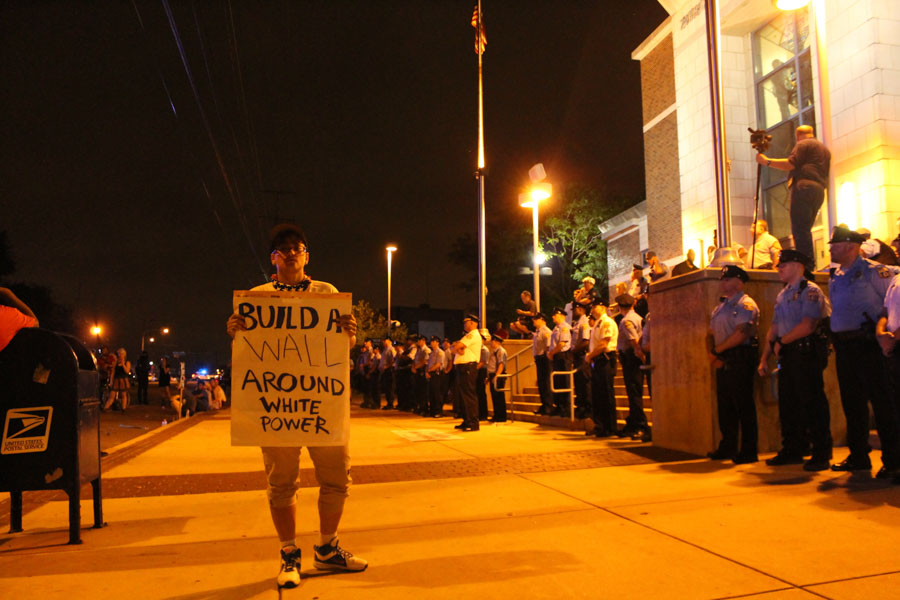
The direct confrontation between the protesters and police at the foot of the 24th/25th District was a small part of the larger protest. The in-your-face, direct confrontation lasted less than a half hour during a protest march that lasted from 6PM to nearly midnight.
Initially, the crowd of a few hundred protesters wrapped the few pro-police demonstrators who were standing by the line of police holding the protest at the steps of the station. There was shouting and name calling — especially directed toward black and latino police officers.
Protesters were incensed by the few smirking police officers but, minus ranking officers, most officers remained silent. One officer appeared nervous and had extended his baton and held it across his crotch.
One protester was arrested after allegedly shining a flashlight at a police helicopter. The arrested protester was not affiliated with the group organizing and leading the protest. All reports indicate that he acted on his own. The protesters returned to peaceful chanting and marched away within 10 minutes of the arrest.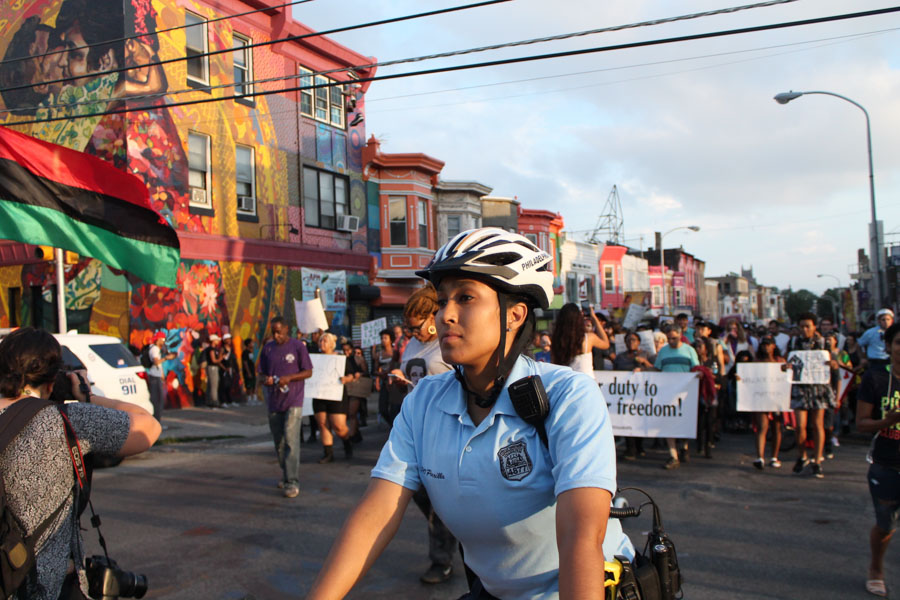
The march progressed through neighborhoods that protesters said are policed like war zones. The demonstrators stopped traffic at various intersections to allow protesters to share how racism and the codification of aggressive tactics like “stop and frisk” and broken windows policing have affected their lives and challenged their peace.
“Who do you protect? Who do you serve?” Mines chanted at the police.
“Not us,” the protesters answered.
The overlapping call-and-response between Mines and the protesters formed a song of their pain and frustration. Mines sang the melody and the protesters punctuated her cadence in counterpoint.
“They did not protect or serve Philando Castillo. His four-year-old daughter watched him get murdered,” Mines said. “What is her life going to be like now. What are her dreams going to be like now.”
The protesters refused to forget the names of the people killed by the police.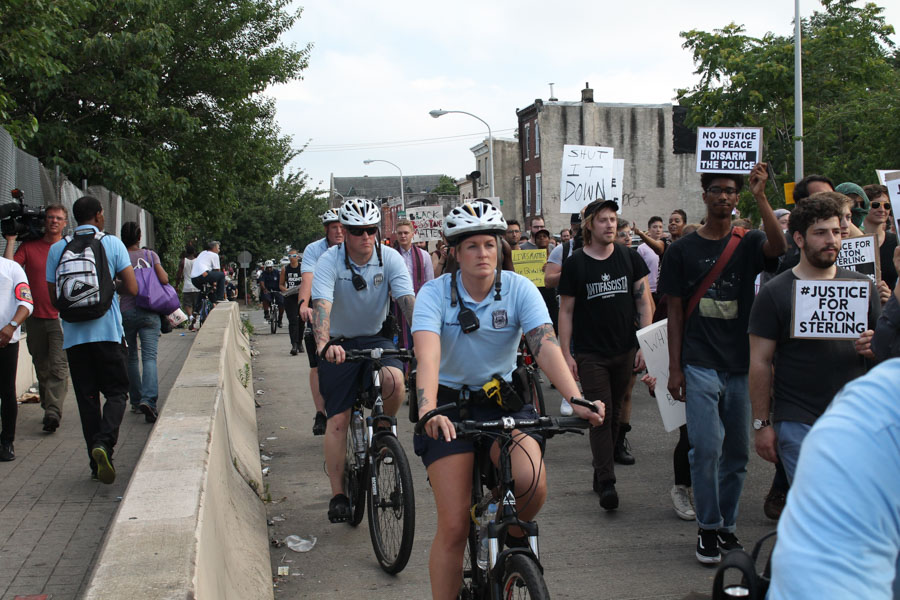
“Alton Sterling, say his name,” a protester shouted. He implored the crowd to respond with “Alton Sterlin, say his name, say his name, say his name.”
The crowd chanted name after name until it appeared that exasperation set in.
After the confrontation between protesters and police subsided, the protesters formed a loose circle and listened to each other speak.
“The change doesn’t come from talking, the change doesn’t come from praying, the change doesn’t come from just thinking about the horrors that are happening. The change happens when we make it happen. Acts of God happen through us. We pray with our feet,” Cornelius Moody, an activist with Philly Coalition for REAL Justice, said.
“We’re building a movement. We’re not out here just to be upset with the way things are. We are out here because we want to understand the way things are. We want to learn about the way things are. And then we are going to change the way things are,” Moody added. “We are social justice warriors. But we seem to be standing across from a bunch of status quo warriors over here. It’s a part of the job description of being a cop.”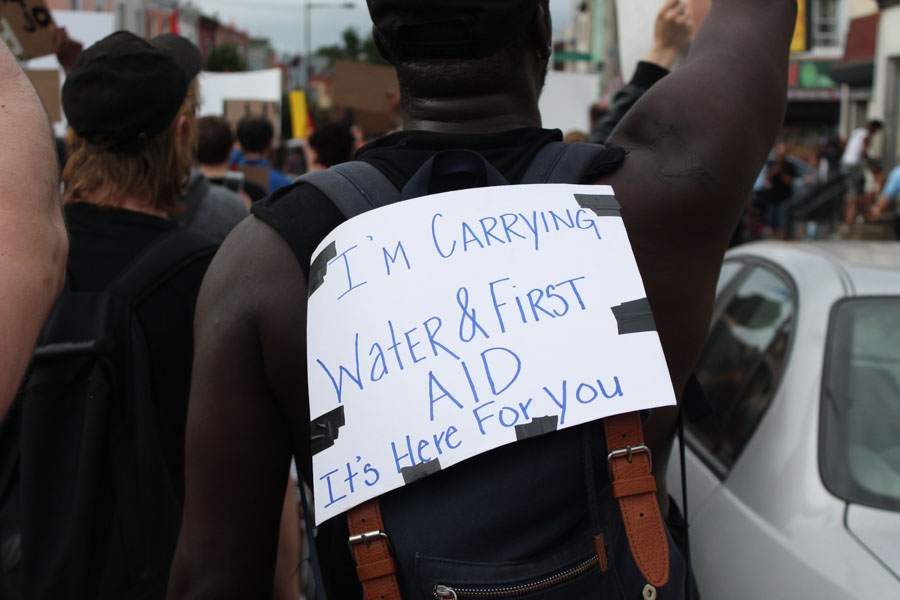
Despite the violence of their rhetoric, the protesters are addressing valid inequalities. According to the Guardian’s “The Counted,” per one million people of the same race: 3.33 black Americans and 1.49 white Americans have been killed by the police in 2016. The raw numbers show that the police killed 140 black Americans and 281 white Americans this year. The raw numbers, though technically accurate, do not tell the full story: black people make up only 12.6 percent of the US population whereas (non-Latino) white people make up 62.8 percent.
In short: there are nearly five times as many white Americans as black Americans yet only twice as many white Americans have been killed by the police. No matter how you cite it: when population differences are accounted for, the police are more likely to kill a black American than a white American.
With the Democratic National Convention approaching, expect more protests in the coming weeks.


